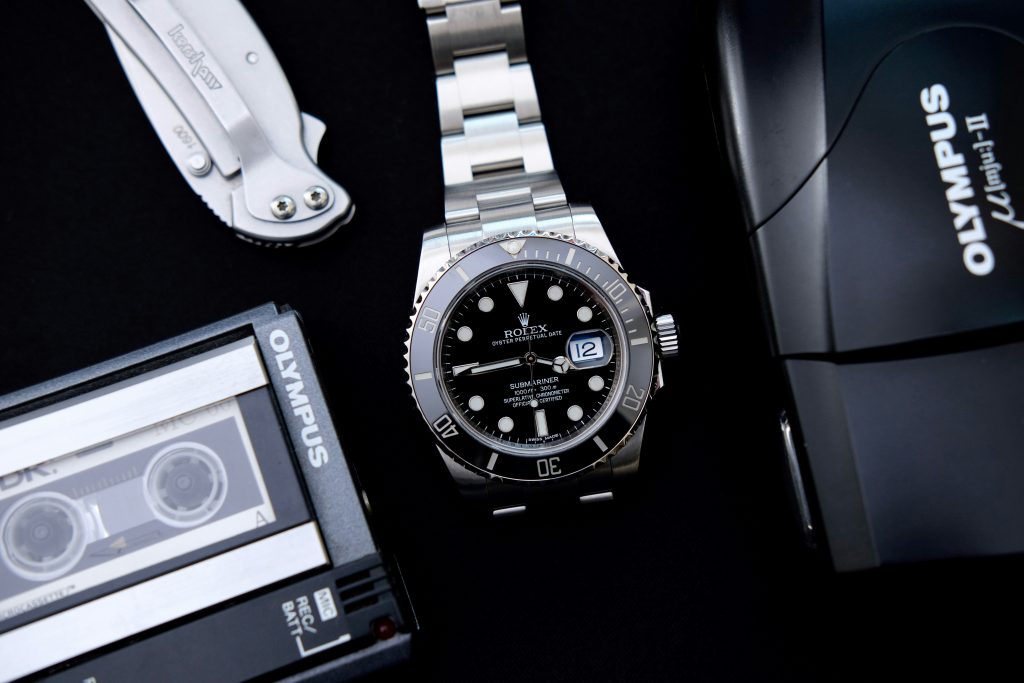
Luxury watches are among the most coveted and counterfeited items in the world. Prestigious brands like Rolex, Patek Philippe, Audemars Piguet, and Omega symbolize status and sophistication. Yet, the rise of counterfeit watches threatens the luxury industry, unsuspecting consumers, economies, and intellectual property rights.
The global market for counterfeit goods is vast, with fake watches constituting a significant share. As demand for luxury items grows, so does the counterfeit watch industry, producing imitations that range from obvious fakes to sophisticated replicas capable of fooling even experienced collectors.
Financial losses to luxury watchmakers are considerable. Counterfeiters steal market share and dilute the exclusivity and prestige of owning a genuine watch, undermining decades of craftsmanship and innovation. Governments also lose revenue from taxes and duties that legitimate watch sales generate. Black markets for counterfeit goods stretch law enforcement resources and foster environments of illegitimate trade that can spill into other sectors.
Consumers also bear the brunt of the counterfeit industry. Some knowingly purchase fakes as cheaper alternatives, but many are deceived into believing they are buying authentic products. These fake watches often need more durability and craftsmanship than genuine items, leading to dissatisfaction when they fail or break.
Counterfeit watches are not just an issue of intellectual property infringement—they are often linked to organized crime. Illicit factories producing counterfeit goods are frequently tied to money laundering, drug trafficking, and human exploitation. Buying a counterfeit watch can inadvertently support criminal organizations with far-reaching consequences.
Technology has made it easier for counterfeiters to create high-quality replicas. Sophisticated machinery and 3D printing enable counterfeiters to mimic the design, weight, and materials of authentic watches, making detection increasingly difficult. Some even replicate logos, serial numbers, and certificates of authenticity or tamper with genuine watches by replacing parts with cheaper alternatives.
To combat counterfeiting, luxury brands, law enforcement, and trade organizations are implementing solutions. Watchmakers use blockchain, NFC (near-field communication) tags, or invisible markers to create a traceable proof of authenticity. Brands also collaborate with customs officials and law enforcement to intercept counterfeit goods before they reach markets.
Consumer education is critical in reducing the demand for counterfeit items. By raising awareness about fake watches and how to identify them, brands hope to deter purchases. Buyers should only purchase watches from authorized retailers or directly from brands, avoiding deals that seem too good to be true. Learning about the specific characteristics of desired watches can also help buyers make informed decisions.
The counterfeit watch industry presents a complex challenge with far-reaching impacts. While technological advances and law enforcement efforts provide hope, counterfeit operations remain sophisticated, and demand for luxury goods persists. Consumer vigilance, increased awareness, and advanced authentication methods are key to curbing the influence of counterfeit watches on the global market.

BRIAN W. BROKATE 650 Fifth Avenue New York NY 10019 USA Telephone : +1 212 705 9808 Fax :+1 212 688 8315 Email : bwbrokate@gibney.com Website : https://www.gibney.com/
